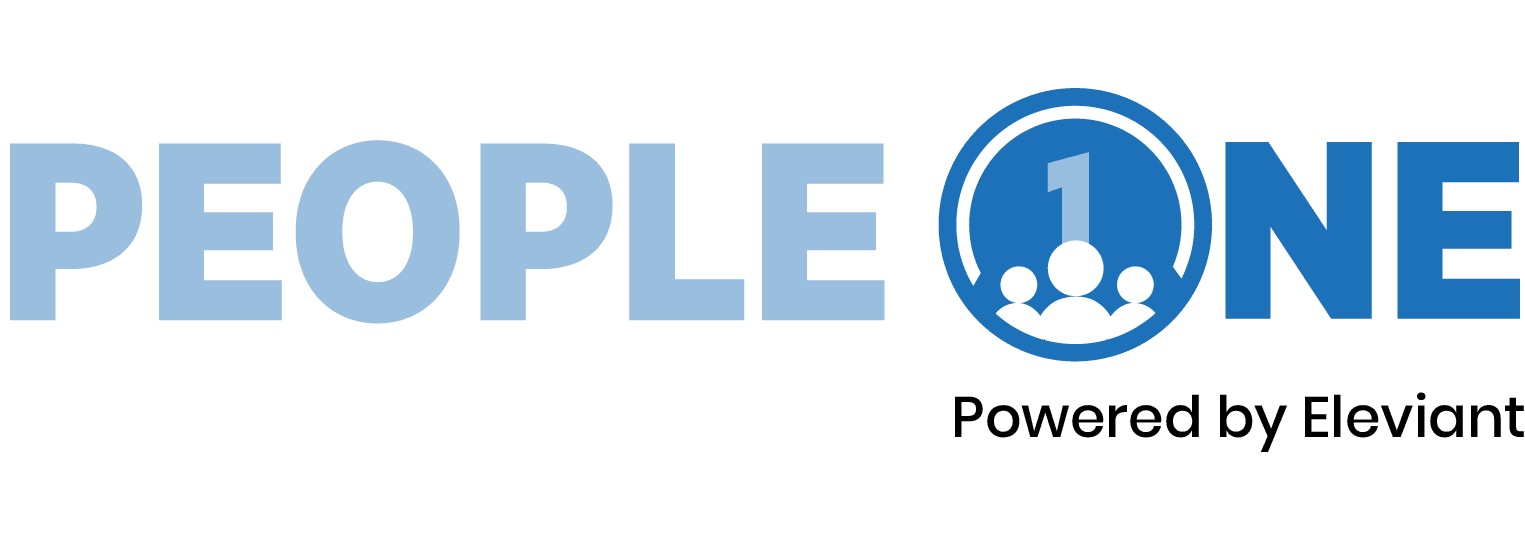
What is Technical Debt?
Technical debt refers to compromises made during the development of software that later compound as negative consequences, not unlike financial debt. These intentional or unintentional choices can significantly impact a project’s long-term success and operational efficiency. Technical debt especially affects employee productivity and satisfaction.
If an organization selects an employee engagement platform that isn’t the right fit, the tool intended to enhance employee communication and engagement may cause technical debt. Let’s take a look at a real-time example.
- Organization: LGA, LLP
- Debt: The organization had multiple solutions for engagement and communication, which led to data silos, making it challenging to gain a holistic view of employee engagement and organizational performance post-merger. This hindered effective communication and collaboration, impeding the organization’s ability to adapt to changes, such as mergers and expansions.
- Solution: An integrated employee engagement platform with robust scalability features reduced the technical debt. This unified solution consolidated and met evolving needs, and new functionalities were added to support Diversity, Equity, and Inclusion (DEI) initiatives and employee training programs.
According to research by Harvard Business Review, 92% of leaders think that employees who are engaged contribute to better overall company performance.
Types of Technical Debts Arising from the Wrong Selection of Employee Engagement Platform
1. Intentional Technical Debt:
Scenario: The organization intentionally chooses a pre-built employee engagement platform that promises rapid deployment but is known to have specific functionality issues.
Debt: Post-implementation, the organization faces challenges as certain engagement platform features, like real-time chat functionality, must seamlessly integrate with existing Microsoft systems such as Active Directory and Teams. The initial decision to prioritize speed over the functionality of these integrations leads to intentional technical debt, requiring additional development and integration work to ensure optimal user experience.
2. Design Technical Debt:
Scenario: Due to organizational changes, such as a merger/acquisition and new investments that triggered rapid expansion, the engagement platform experiences challenges as the workforce grows and needs help to handle the increased load.
Debt: The design oversight becomes apparent as the platform’s performance degrades with a more extensive user base. Redesigning the platform to accommodate scalability becomes necessary, representing design-related technical debt.
3. Documentation Technical Debt:
Scenario: To implement an employee engagement platform, the organization must adequately document the integration processes and configuration settings.
Debt: When updates or modifications are required, the lack of comprehensive documentation hinders the smooth execution of changes, leading to increased debugging time and representing documentation-related technical debt.
4. Testing Technical Debt:
Scenario: The organization rushes to implement an employee engagement platform, skipping thorough testing to meet tight deadlines.
Debt: Post-launch, unexpected issues emerge, impacting user experience. The lack of testing becomes technical debt, requiring resources to identify and rectify problems.
5. Dependency Technical Debt:
Scenario: The organization heavily relies on a specific feature within the employee engagement platform, assuming its stability and future support.
Debt: When the platform provider discontinues the feature or experiences disruptions, the organization faces dependency-related technical debt, requiring efforts to find alternatives or adapt to the changes.
Discover the Hidden Strength of Microsoft 365
Microsoft 365 is used by over a million companies worldwide, with 145,844 customers in the United States alone using the office suite software.
Microsoft 365 (formerly Office 365) has robust capabilities for various essential functions such as project management, document management, knowledge management, and more. Still lots of companies opt for third-party applications. This trend could be driven by a belief that third-party tools offer specialized features.
SharePoint, as part of the Microsoft 365 suite, offers a unified and integrated environment that can significantly contribute to minimizing technical debt in various ways.
Minimizing technical debt through SharePoint
- Integrated Functionality: SharePoint provides a wide array of features for document management, collaboration, intranet development, and workflow automation.
- Seamless Collaboration: SharePoint’s collaborative features, including team sites, document libraries, and version control, promote seamless collaboration among team members.
- Workflow Automation: SharePoint allows organizations to automate workflows and business processes through tools like Power Automate.
- Customization and Flexibility: SharePoint offers a high degree of customization, allowing organizations to tailor their employee engagement platform to their specific needs. This reduces the temptation to adopt third-party tools for specialized functionalities, as SharePoint can be adapted to accommodate diverse requirements within a single, integrated environment.
- Centralized Information Management: By consolidating documents, data, and collaborative content within SharePoint, organizations avoid the need for additional knowledge management tools, simplifying the overall technology stack and minimizing potential technical debt.
- Security and Compliance: SharePoint provides security features and compliance capabilities, meeting stringent data protection requirements. By relying on SharePoint for secure document storage and management, organizations can minimize the complexities associated with integrating third-party tools, ensuring a more secure and compliant environment.
- Continuous Updates and Improvements: Being part of the Microsoft 365 ecosystem, SharePoint receives continuous updates and improvements.
- Unified User Experience: SharePoint offers a unified user experience within the broader Microsoft 365 suite.
Advantages of SharePoint-Based Intranet
SharePoint-based intranets stand out as tools driving transformative change. These intranets can serve as unified hubs where different functions meet, offering a complete solution for collaborative efforts, project management, rewards and recognition, and more. Beyond operational efficiency, SharePoint-based intranet’s unique strength lies in its capacity to consolidate disparate tasks into a singular, integrated platform, thereby reducing the dependence on many applications and thus reducing the technical debt.
Let’s look at the award-winning PeopleOne, a SharePoint-based intranet solution, and see how it effectively uses SharePoint’s capabilities to enhance collaboration, communication, and overall workplace efficiency.
Aspect | PeopleOne- A Modern SharePoint-based Intranet Solution | Elimination of External Applications |
Communication | Uses Microsoft SharePoint and Teams to provide a unified platform for communication and collaboration. It integrates features like chat, file sharing, and collaborative workspaces. | The need for external applications like Slack or other messaging platforms is avoided. |
Streamlined Collaboration | Facilitates project management with task tracking, document sharing, and collaborative project spaces. | Basic collaboration and task management functions can be handled through the intranet, reserving specialized project management tools for specific groups of employees. |
Centralized Rewards & Recognition | Incorporates features for centralized rewards and recognition, supporting a culture of appreciation and acknowledgment within the intranet. | External applications for employee recognition become unnecessary. |
Simplified IT Management | Built on Microsoft 365, it aligns with existing IT infrastructures, making it easier to manage and maintain. | Reducing the complexity of dealing with multiple external applications. |
Cost Reduction | PeopleOne minimizes the need for additional external applications, reducing licensing costs and expenses associated with maintaining multiple tools. | Eliminating the reliance on various external applications leads to significant cost reduction, both in terms of licensing fees and the resources needed for managing multiple platforms. |
Discover how PeopleOne can transform your organization
Request a DemoHR and Comms Guide: How to Turn Your Intranet into a Highly Engaged and Productive Platform
Download Ebook









